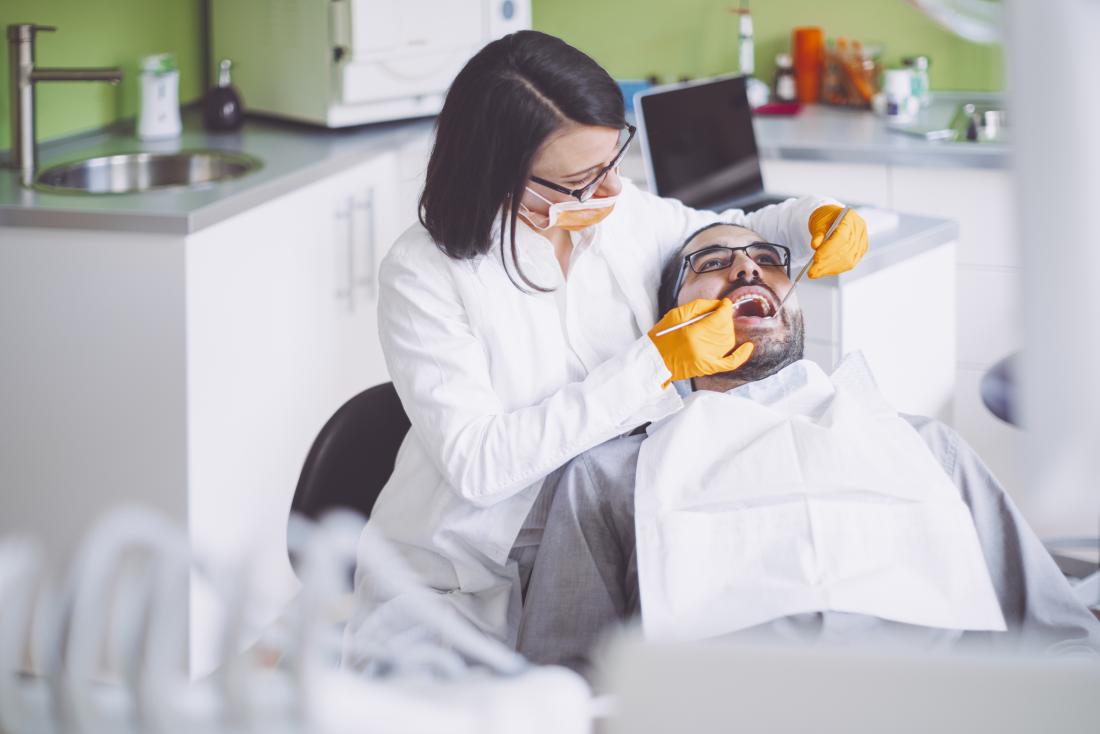Despite advances in orthodontic solutions like invisible braces and teeth aligners,
millions
of people still struggle with maintaining dental and oral hygiene. In fact, one-quarter of U.S. adults ages 20 to 64
have at least one untreated cavity, according to dental statistics from the Centers for Disease and Prevention
(CDC)[1].
What’s more, oral health issues can manifest into other health concerns when left untreated, but learning about
dental facts and daily oral hygiene practices can deter those problems. Read on for facts about teeth, common dental
issues and more.
Interesting Facts About Oral Health
- Oral health is critical to general well-being, according to the CDC.
- The most common oral health conditions include cavities, gum disease, tooth loss and oral cancer, according to
the World Health Organization (WHO). - About 90% of U.S. adults 20 years and older have experienced at least one cavity[2].
- Nearly half (42%) of U.S. adults have periodontal (gum) disease[3].
- Yearly dental check-ups can facilitate early detection of gum disease and help with treatment, according to the
CDC.
Most Common Dental Issues
Oral diseases impact nearly 3.5 billion people worldwide, with three out of four individuals residing in
middle-income
countries, according to the 2022 WHO Global Oral Health Status Report. While many types of dental diseases exist,
some
of the most common dental issues include gum disease and tooth decay. The WHO estimates that approximately 2 billion
adults experience cavities in permanent teeth, while 514 million children experience primary (baby) teeth cavities.
As of 2020, 13.3% of U.S. adults 65 and older have lost all of their teeth because of tooth decay or gum disease, per
data from the CDC.
How Many People Have Cavities?
Tooth decay, also known as cavities, are more common than people might think. In fact, over 90% of adults over 20 have experienced a cavity[2], with 82% of individuals having experienced at least one cavity by age 34.
Among children ages 6 to 8, more than half (52%) have had a cavity in at least one of their baby teeth, while more than half of adolescents ages 12 to 19 (57%) have had cavities in at least one of their permanent teeth, according to the CDC.
Despite the prevalence of cavities, they are often left untreated: One-quarter of adults ages 20 to 64 have at least one untreated cavity[2], and nearly 11% of children ages 2 to 5 have untreated cavities. It’s important to treat cavities when possible, as they can cause pain and infections, leading to issues with eating, speaking, playing and learning in children.
How Common Is Periodontal Disease?
Periodontal disease, also known as gum disease, is an overarching term for conditions like gingivitis and periodontitis, which involves inflammation or infection of the tissue surrounding the teeth. It’s the leading cause of tooth loss among adults, according to the National Institute of Dental and Craniofacial Research.
Approximately 47% of adults ages 30 and older have some form of periodontal disease. That number jumps to 70% for adults 65 years and older, according to a 2013 report from the CDC.
While most people experience periodontal disease at some point in their lives, the CDC reports that the condition is more common in the following individuals 30 years and older:
- Men more commonly experience periodontal disease (56%) than women (38%)
- Individuals living below the federal poverty level (65%)
- People with less than a high school education (67%)
- Current smokers (64%)
How Many People Go to the Dentist?
In 2020, nearly 65% of Americans reported going to a dentist or dental clinic within the past year, according to CDC data. Meanwhile, a Forbes Advisor/Talker Research survey from March 2024 found that 38% of respondents are at least somewhat scared of the dentist.
Which States Most Commonly Go to the Dentist?
In 2020, Hawaii, Rhode Island, Massachusetts, Connecticut and Utah had the highest rates of people attending dental appointments, per the CDC.
Meanwhile, Arkansas, Kentucky, Texas, Mississippi and West Virginia had the lowest rates of people visiting the dentist.
How Many People Have Braces or Orthodontic Work?
Four million people in the U.S. either need or already wear braces and 65% of adults don’t have well-aligned teeth, according to the American Association of Orthodontists[11]. Considering the amount of teeth-straightening products on the market, some individuals may feel a societal push to pursue cosmetic dental work, suggests the results of a recent Forbes Health/Talker Research survey.
To better understand this dynamic, the Forbes Health/Talker Research survey also explored how social media contributes to the pressures of achieving a perfect smile. For respondents who felt pressure from social media to change their smiles, they reported considering the following orthodontic work:

